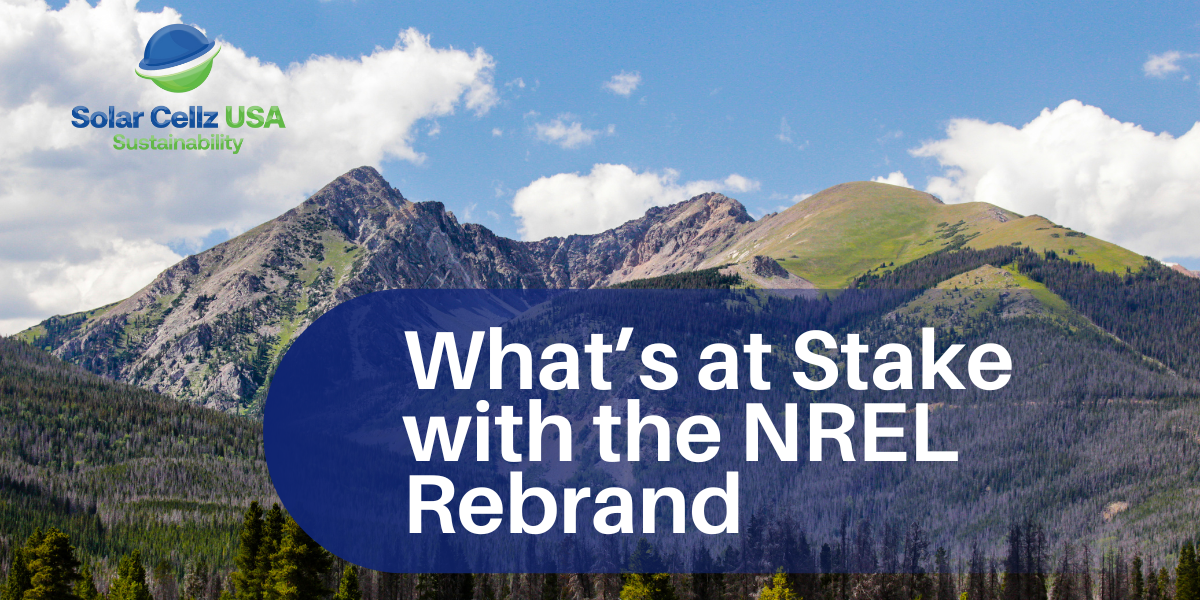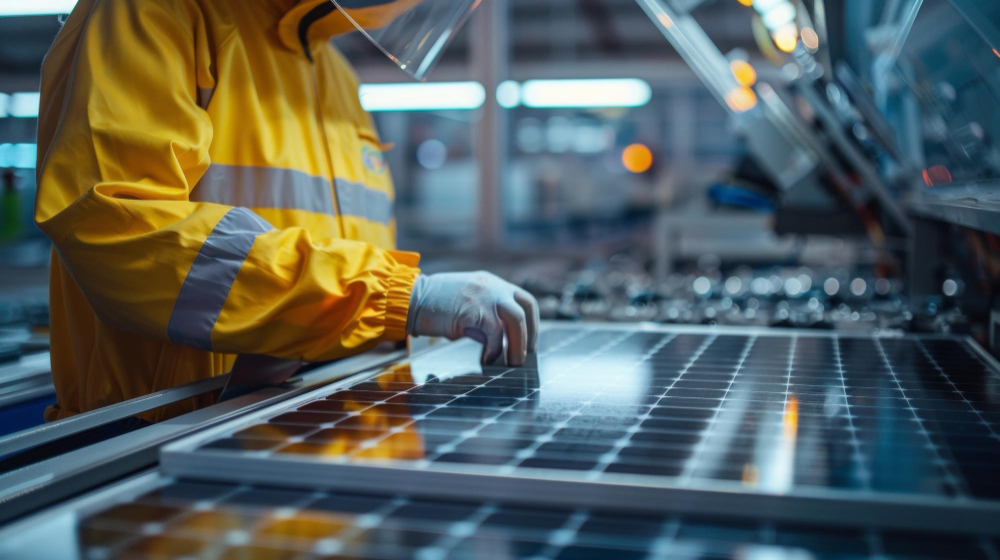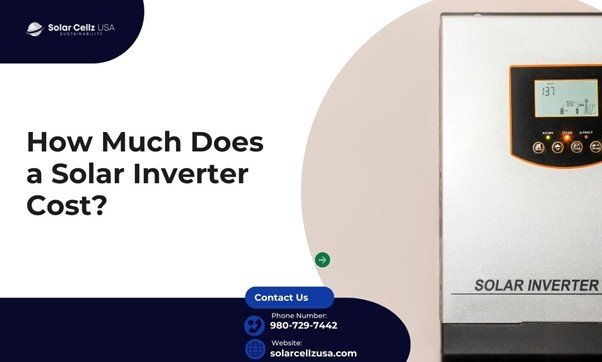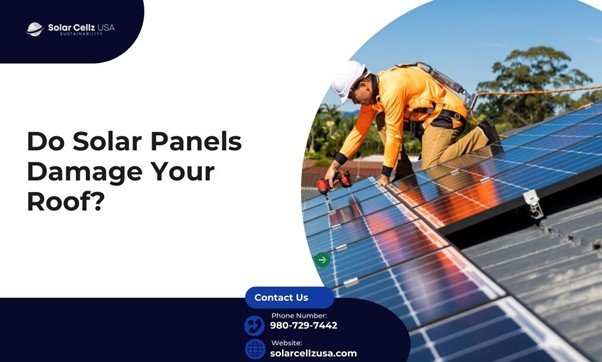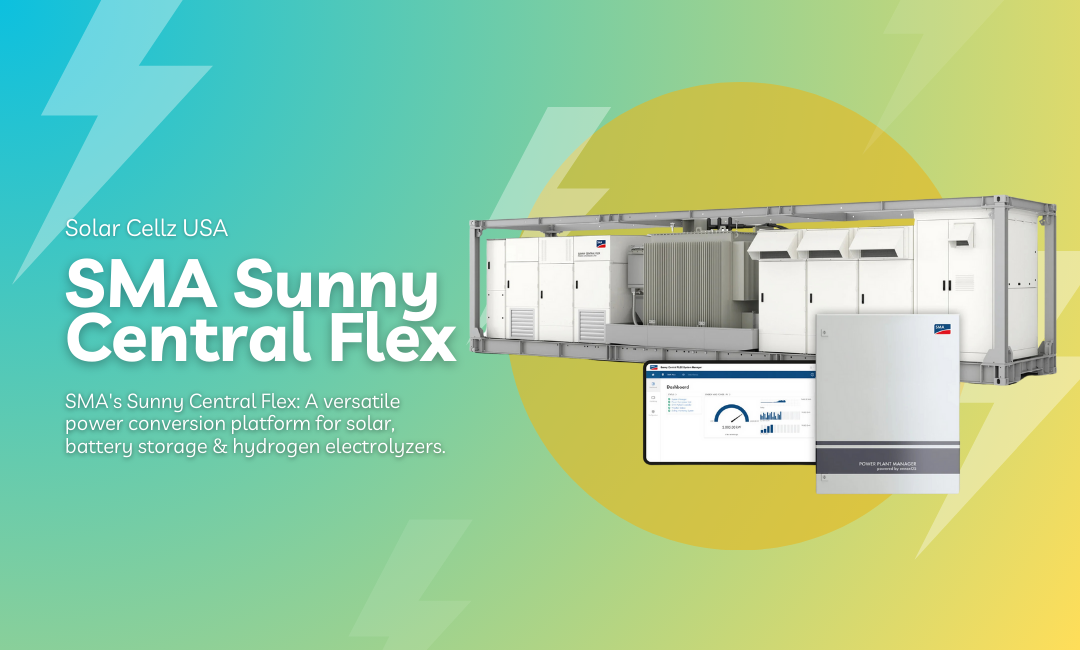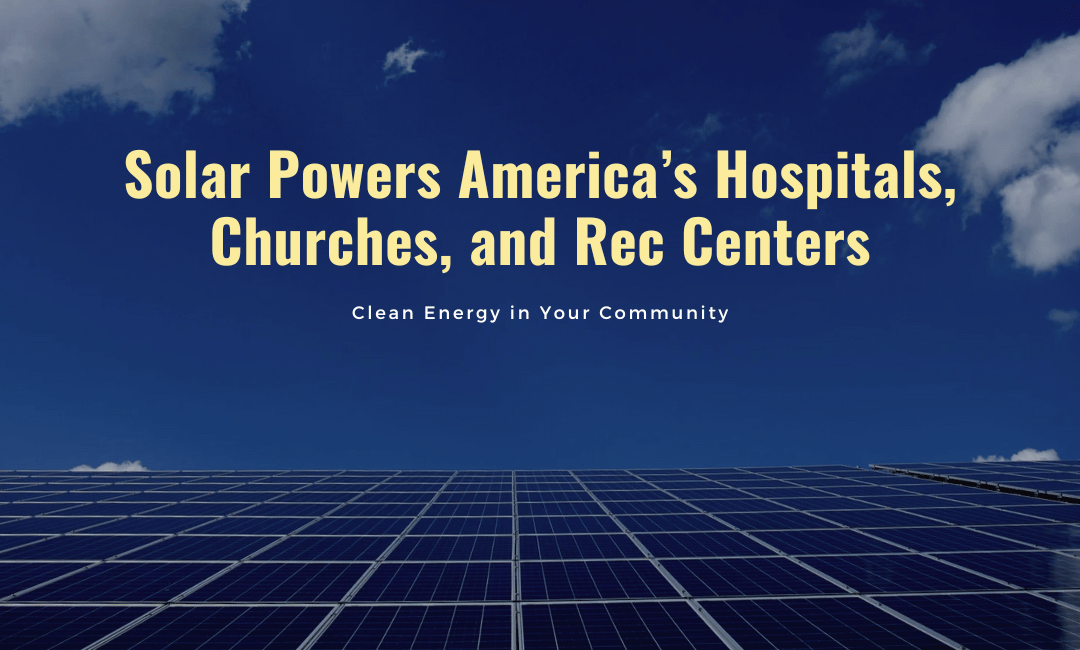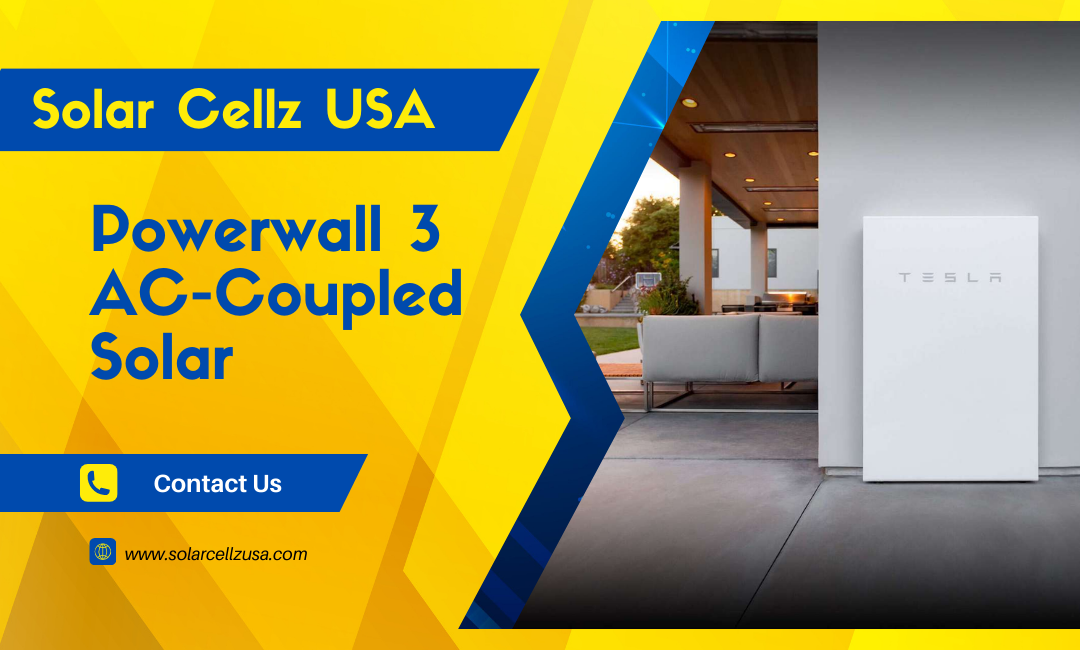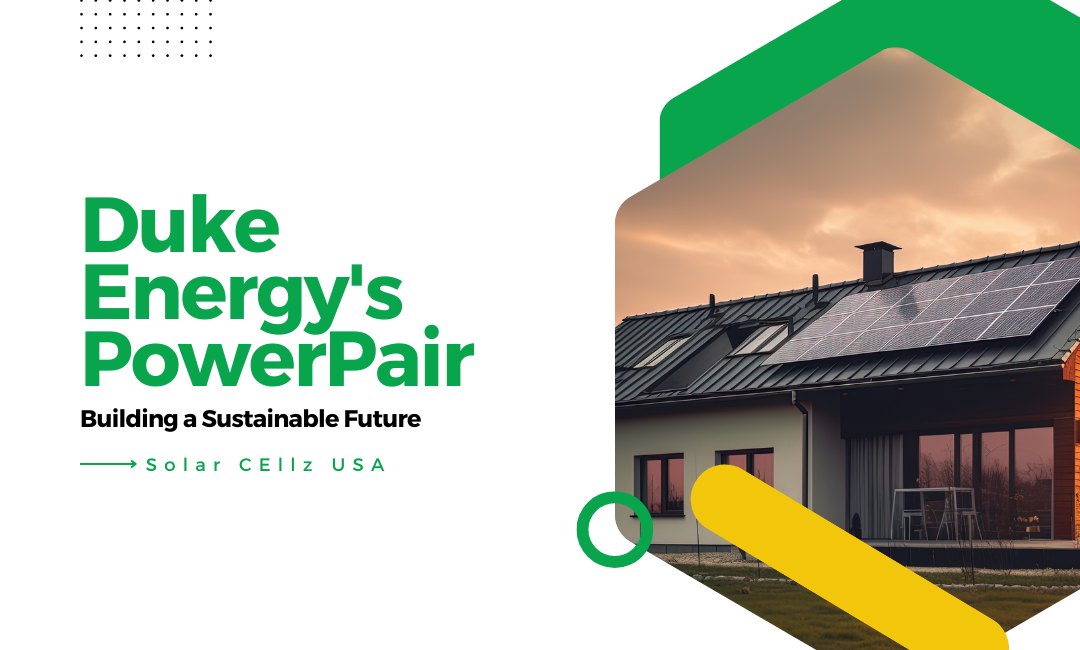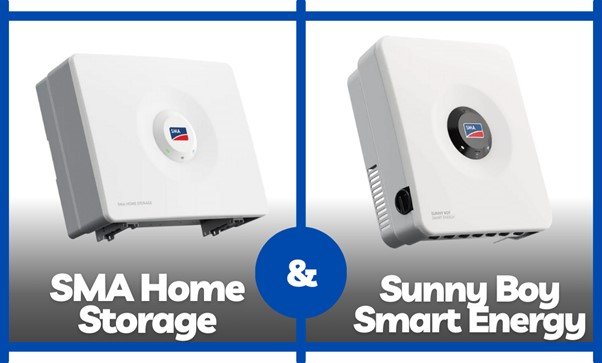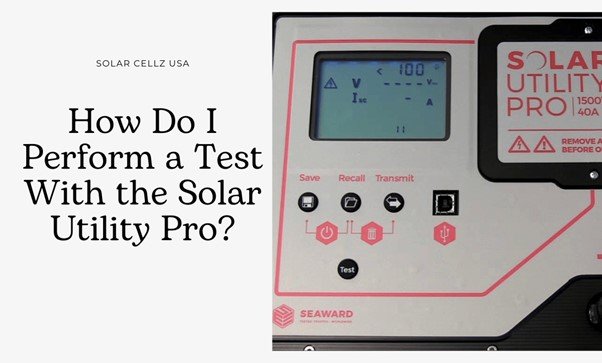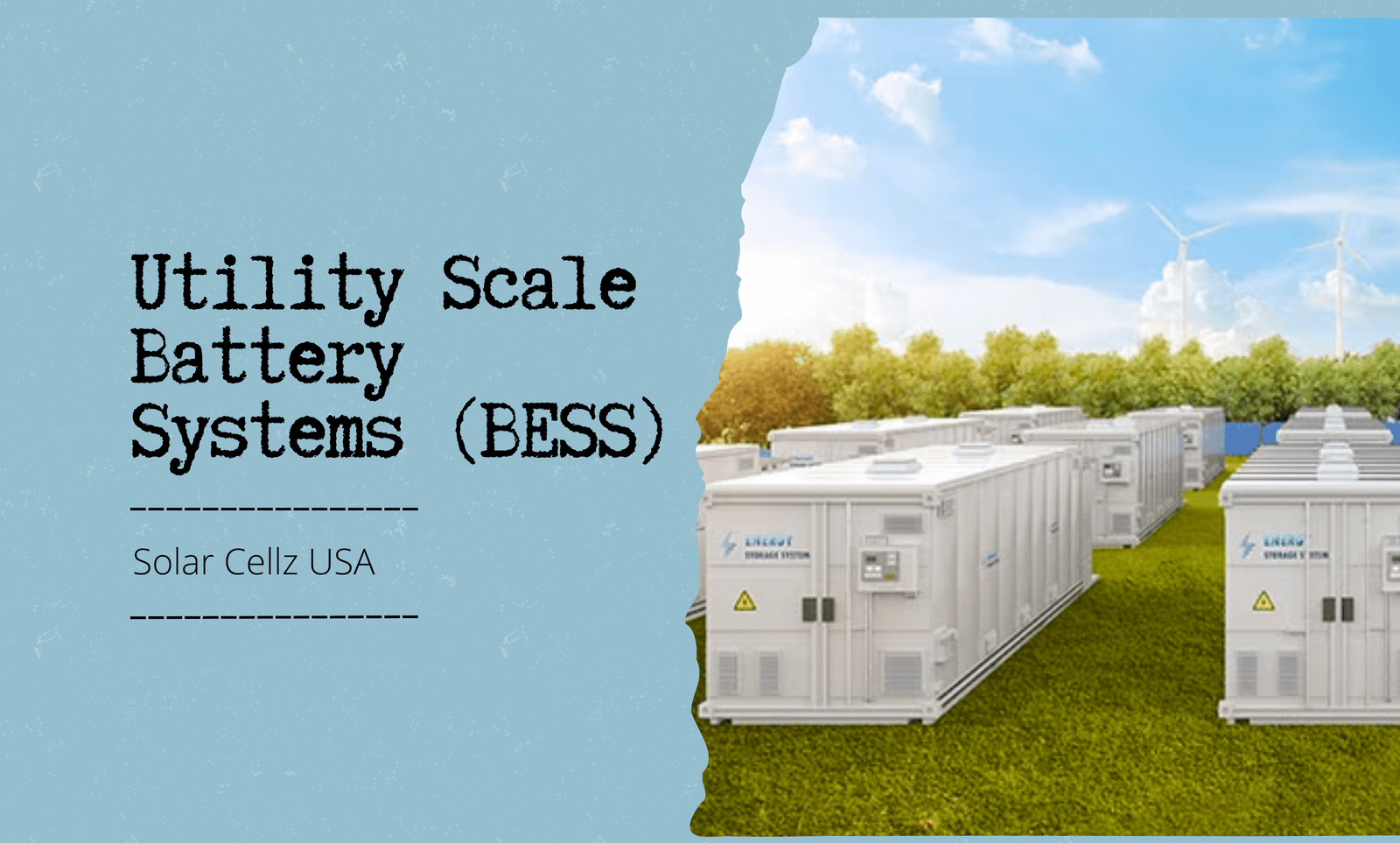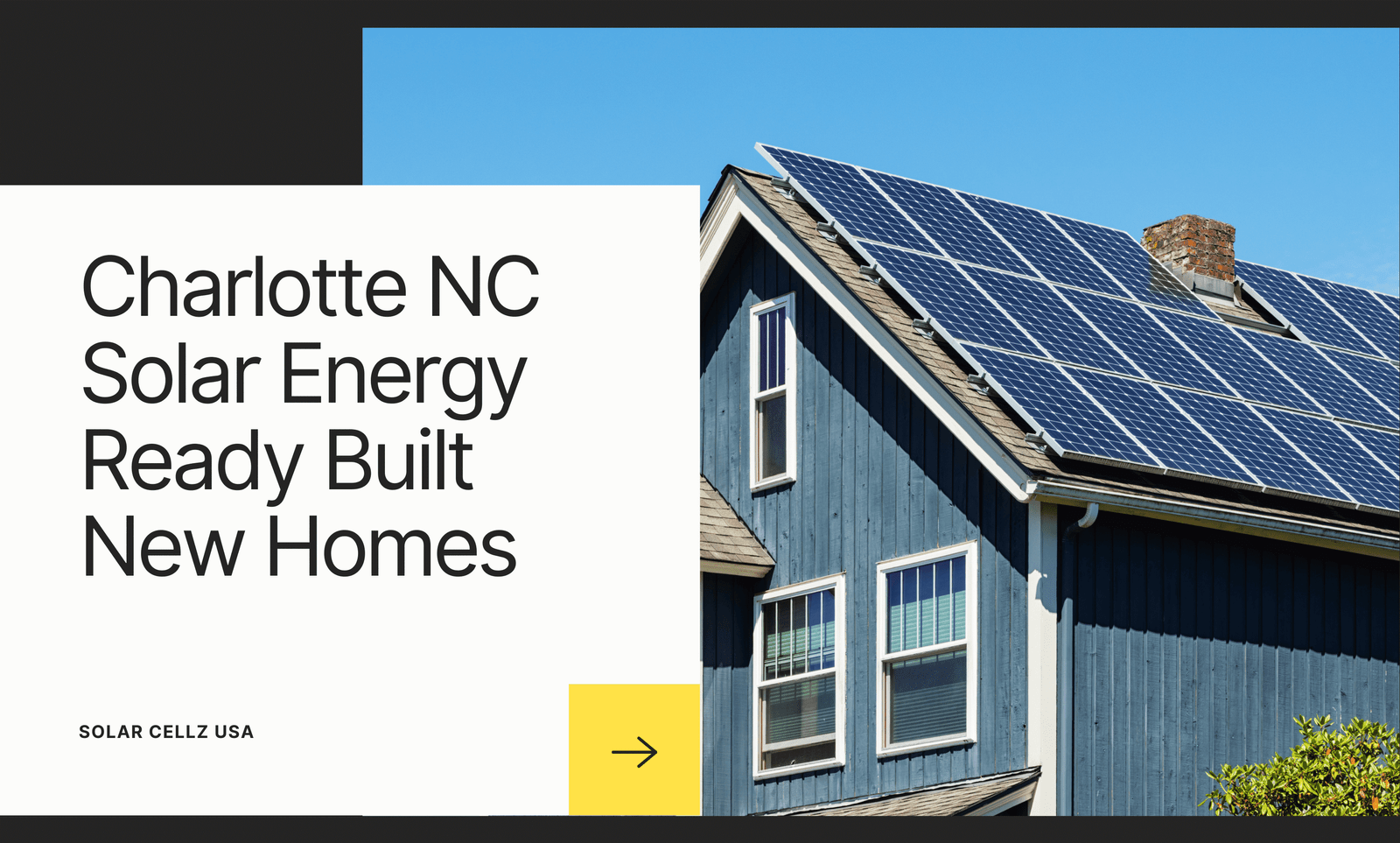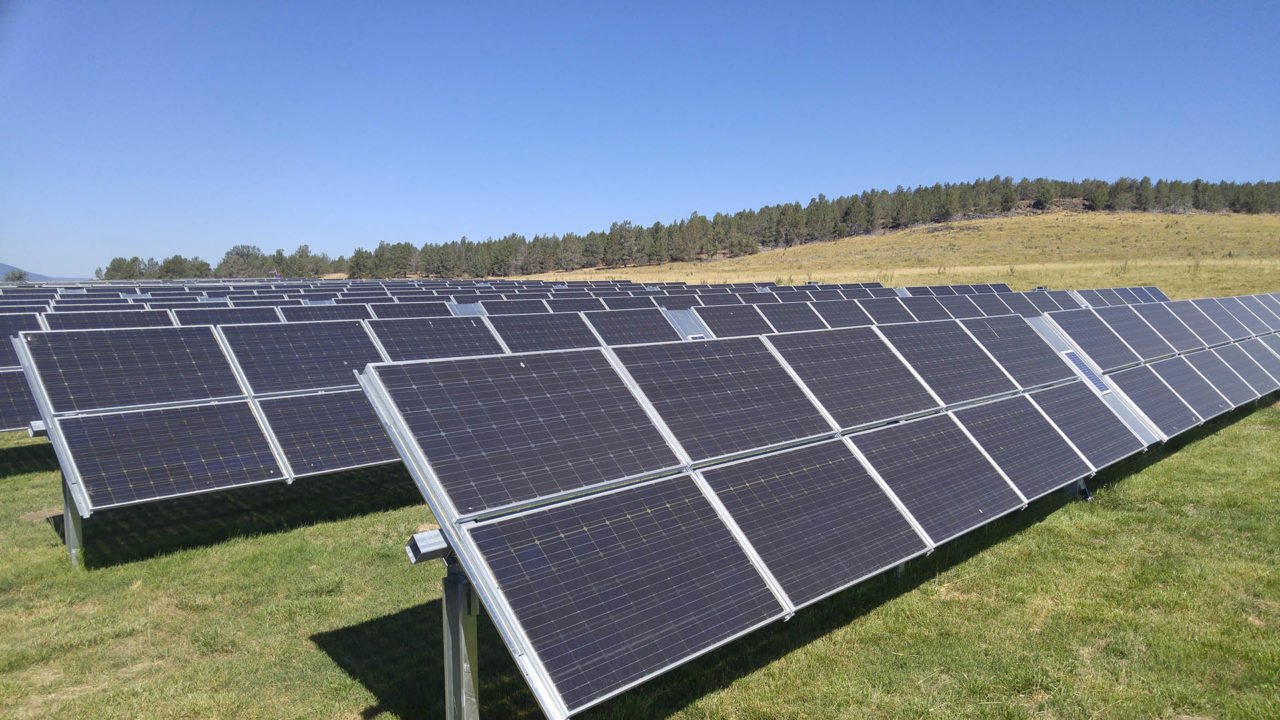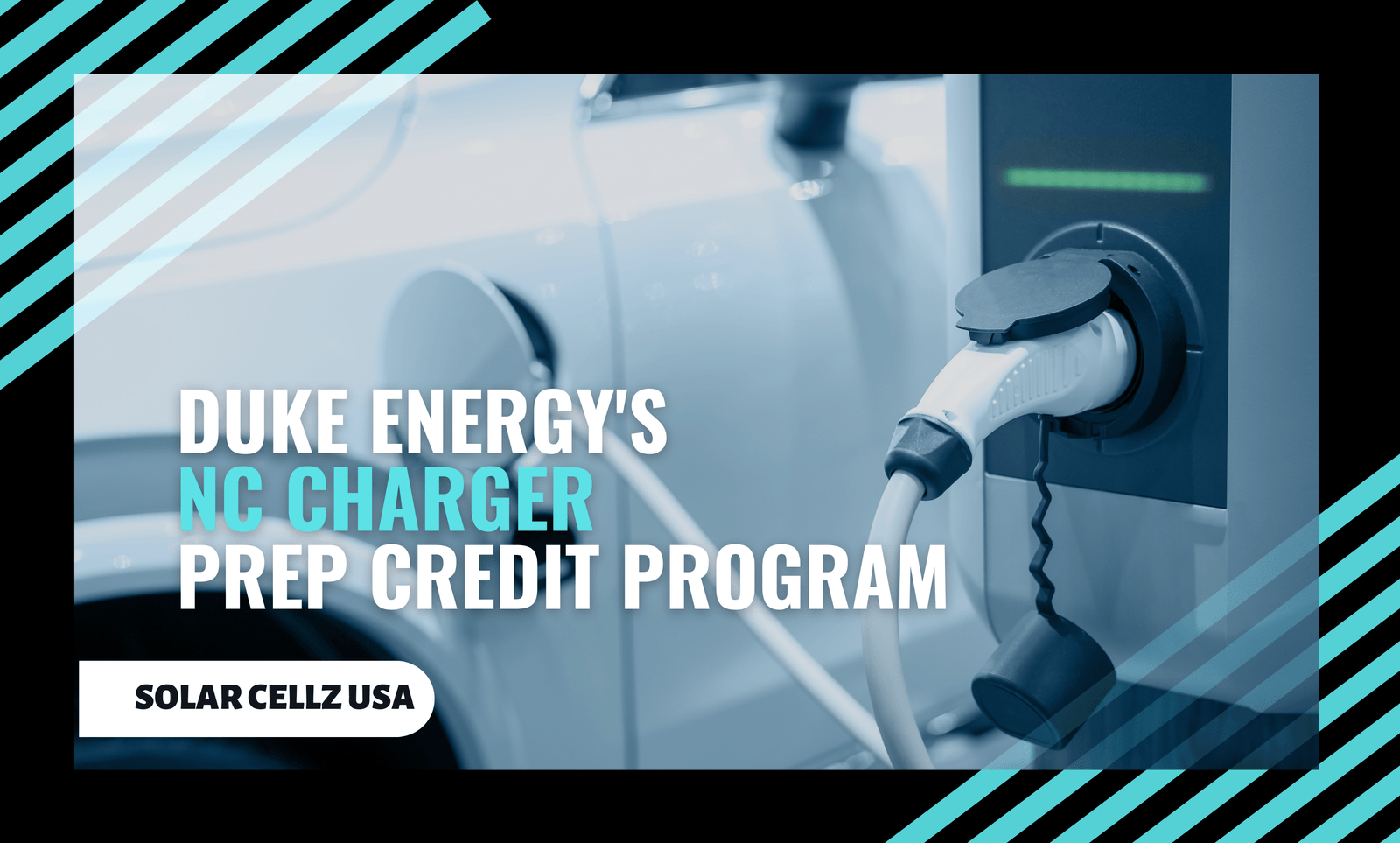Seven billion dollars is a considerable number. Now imagine that much money for clean energy is going away. The EPA plans to cancel funding for the Solar for All program, and many people are asking what comes next. Will projects stop? Will bills go up? What help still exists? This guide explains the impact in clear, simple steps. We show who is affected, what choices remain, and how to keep your solar plans moving forward today. Let’s find the path together.
What Changed And Why It Matters
The Solar for All effort was meant to expand access to rooftop and community solar. It focused on families with lower incomes and on neighborhoods that often miss out. If this solar funding goes away, many planned projects may pause. Some may shrink. Others may need new money to work. That’s why the news matters to homeowners, renters, and local jobs across the country.

A Quick Recap Of Solar For All
The Solar for All program aimed to help about a million households reduce their energy bills and switch to clean power. It leaned on solar grants to reduce upfront costs. It also supported community solar for people who rent or do not have a sunny roof. The idea was simple: make solar fair, easy, and local. The cancellation changes the path, but it does not end the goal.
Who Feels The Impact First?
State energy offices, tribes, cities, and nonprofits were ready to deploy projects. Many had designs, crews, and training plans. Without solar funding, they must find other dollars. Some work may continue under new terms. Some will wait. Families who expected help through a local Solar for All partner may need to check their status and look for other options.
What Does This Mean For Homeowners?
If you plan to apply through a Solar for All program, timelines may shift. But you still have choices. Some utilities offer rebates. Some states run their government solar incentive programs. You can also use private financing if the numbers work for your roof and your bill. A strong site design and a fair loan can still deliver real savings over time.
What Does This Mean For Renters?
Community solar lets you subscribe to a share of a local solar farm. You earn credits on your bill without rooftop work. If a farm near you was part of Solar for All, check if it is moving ahead with different solar funding. In many places, other projects still take new subscribers. It pays to ask and to get on a list early.
What Does This Mean For Installers And Local Jobs
Installers may pause hiring or re-order projects while budgets change. Developers could shift to storage, commercial rooftops, or smaller community sites. Training groups might focus on safety, electrical skills, and battery work while they wait for new solar grants. The short term is bumpy, but the long-term need for clean power remains strong.
The Incentive Picture Isn’t Empty
Next, let’s focus on what remains in reach. Even with federal cuts, many states keep their rebates. Cities may offer tax breaks or permit support. Some utilities fund low-income programs on their own. These government solar incentive options vary by zip code, so local research matters. The lesson is simple: there are still paths to savings. They just look different from what they did yesterday.
First Steps You Can Take This Month
Now let’s turn uncertainty into action so you keep momentum.
- Check your project status. If you applied through a Solar for All partner, ask if your plan is paused or still moving with new dollars.
- Get two or three quotes. Compare a cash price, a loan, and a plan that uses any state solar grants or utility rebates you can find.
Those two moves keep your options open while policies shift.
Why Maintenance Matters More Right Now
If you already have solar, maintenance keeps the power flowing. Dirt, pollen, and bird droppings can reduce crop yields. Loose wiring can waste energy. A simple cleaning and check-up can immediately boost output. Our team offers a clear, step-by-step service at Solar Cellz USA. Learn what’s included on our solar panel maintenance page. It explains cleaning, inspections, and performance checks in plain language.
Practical Help From Solar Cellz USA

We start with a site review and an energy profile. We model savings for several paths: a utility rebate plan, a state government solar incentive plan, and a private financing plan. If you own a system, we schedule cleaning and a safety check to boost today’s output. If you manage a building, we map shared-roof and storage options you can act on when fresh solar funding appears.
Simple Products And Services You Can Use Today
You asked for easy steps, so here are two clear choices.
1. Solar Panel Tune-Up & Clean
Solar Panel Tune-Up and Clean enhances real-world performance and safeguards your gear. It includes panel washing, visual checks, wire and racking checks, and a quick performance test.
2. Preventive Maintenance Plan
If you want set-and-forget care, choose a scheduled plan. We visit on a fixed cycle, tidy the array, and catch issues early. You can request a plan through the same page: Solar Panel Maintenance. It’s simple, and it keeps savings steady.
How To Evaluate A Solar Quote In 5 Minutes
Look at system size (kW), yearly output (kWh), total price, and net price after any government solar incentive you can claim. Check the warranty on panels, inverter, and roof work. Ask for a shade report. If a quote requires solar grants to be viable and those grants are not secure, request a second version that can stand independently. It keeps your plan realistic.
Grid Trends To Watch Through 2025
Data centers, EVs, and heat pumps are raising power demand. Utilities need tools to manage peaks. That keeps interest high in rooftop solar, community solar, and batteries. Even if federal solar for all dollars are gone, the need for clean, reliable power is rising. This demand creates room for private capital and for new state solar grants to step in.
Final Checklist For The Next 30 Days
Let’s close the loop with simple, doable steps.
- Confirm your project status with any Solar for All partner you contacted.
- Obtain at least two quotes that are viable without solar grants.
- Book a cleaning to lift output now: Solar Panel Maintenance.
- Join a community solar list if your area supports it.
- Sign up for state energy office updates to stay informed about new government solar incentive programs.
Keep Momentum, Protect Savings, And Plan Next Move
The EPA’s plan to cancel $7 billion in solar funding under the Solar for All program is a real setback, but it is not the end of solar access. Homeowners can still save with innovative design and local rebates. Renters can still benefit through community solar. Crews will pivot, and new dollars often find good projects. If you already own solar, protect your output with regular care, especially if you plan to build a path that works with or without federal solar grants. The goal stays the same: lower bills, cleaner power, stronger homes.
Start by booking a Solar Panel Maintenance visit to boost output right away, then schedule a no-pressure consult to compare your best next steps. Your clean-energy journey continues, and we’re ready to help.
FAQ
Is solar still worth it without Solar for All?
Yes, for many homes it is. A good roof, fair price, and innovative design can still pay off. Use any local government solar incentive you can.
Can I get help if I rent?
Often, yes. Look for community solar. It does not need rooftop work. It uses credits on your bill.
What if I planned on a grant?
Ask your project lead for an update. Then collect a new quote that works without solar grants. Keep both paths open.
Should I wait to install?
Not if your site pencils out today. If your plan depended on uncertain solar funding, gather options and watch for new offers from your state or utility.
